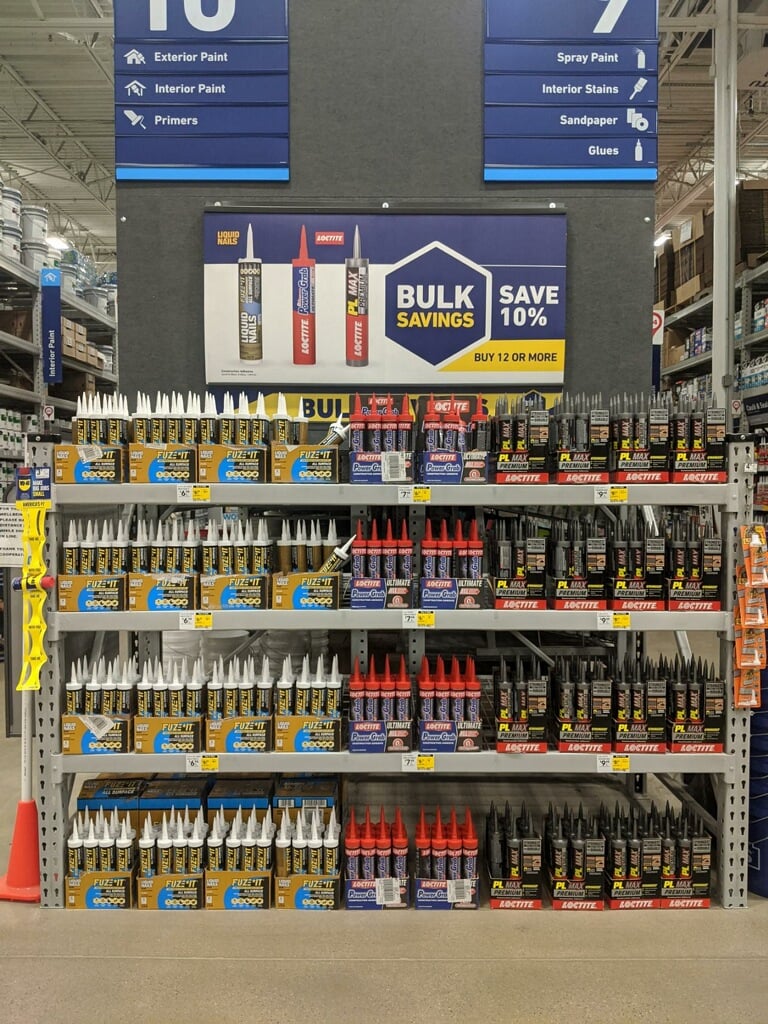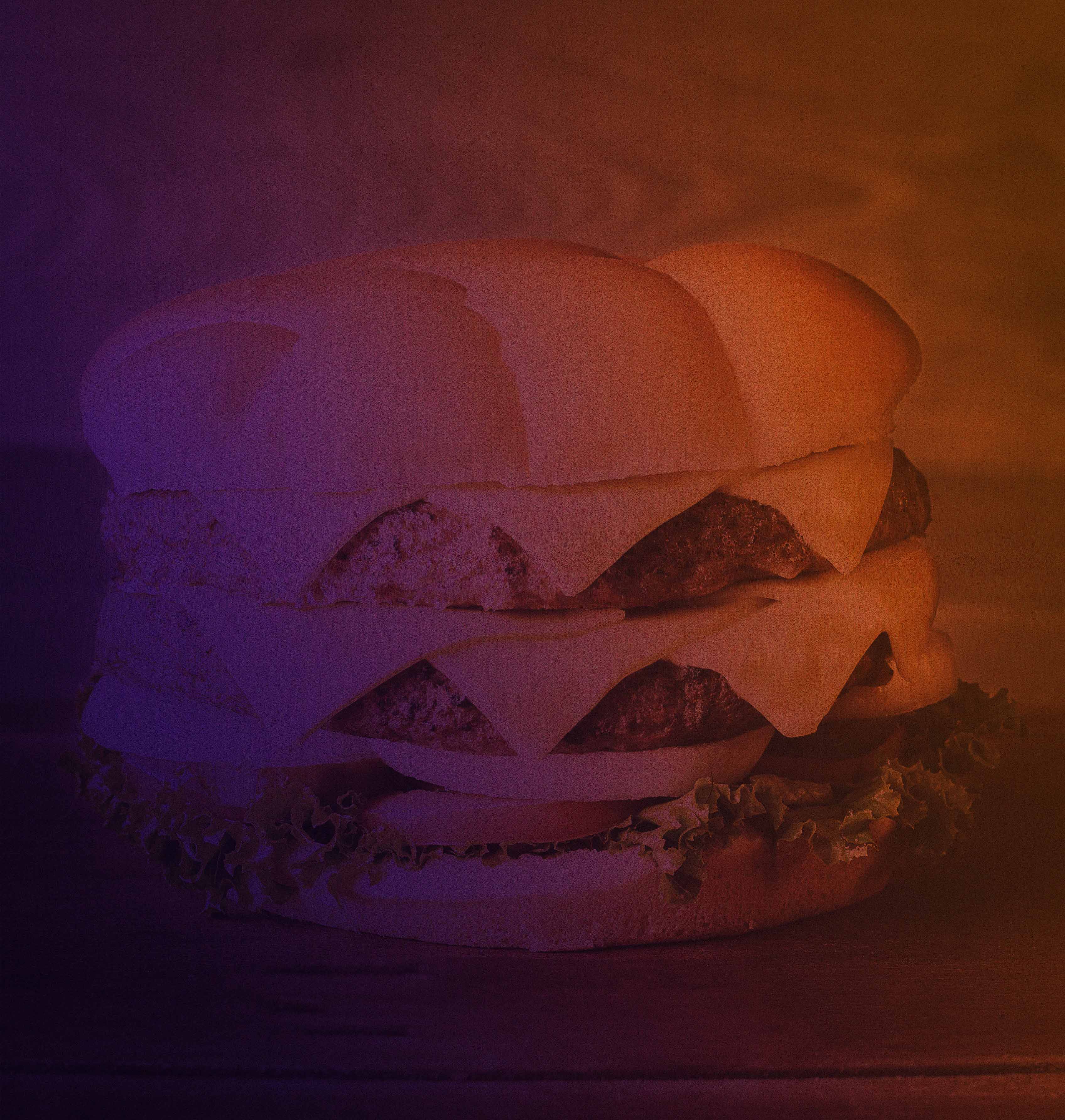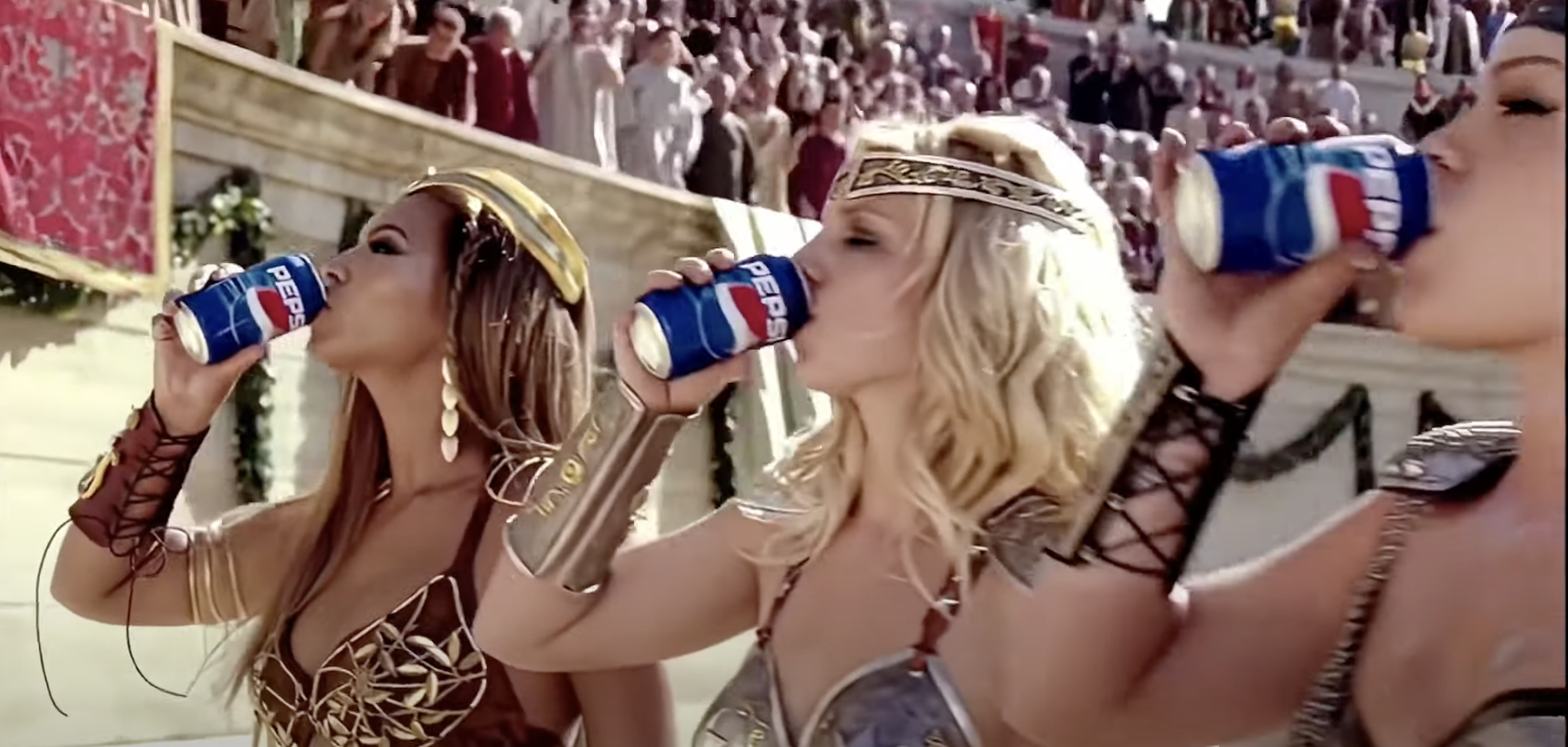It’s not a secret: the key to increasing your retail sales is reducing friction for the consumer. If you’re top-of-mind, well-regarded and easy to access in their time of need, you will win your audience’s consideration.
So how do you make it as easy as possible for shoppers to choose your brand? To position yourself to win, you’ll need to use a little consumer psychology.
What are heuristics?
Heuristics are cognitive shortcuts that help us sort out the information available to us in order to make better decisions.
So much of what we process happens without our conscious awareness. Our brains have gotten very good at quickly deciding what information is relevant in a very saturated world. Heuristics come into play when our ability to think and make choices is challenged.
The better we understand the cognitive shortcuts consumers are likely to take in the retail environment, the better we can design marketing and merchandising strategies to support their journey.
Here are a few examples of the most common retail-relevant heuristics and how they can contribute to a better shopper experience.

When we
need help remembering details.
Why is it so much easier to remember the first and last items on a list than everything in the middle?
We have the heuristic of serial positioning to thank. Though psychologists have different theories about why our brains favor the first and final things we see in a series, the phenomena of primacy and recency tend to leave us less attentive to the information in between.
How it works at retail:
Serial positioning means that the first and final slots are prime real estate for your ads or products. This explains why endcaps are such a coveted space in a planogram – shoppers are more likely to take notice of the brands that they see at the very end of an aisle or before they head down the next one.

When we need to act fast.
Brands put a great deal of thought into their line assortment at retail, but to a shopper who is trying to decide if a $9 enamel-restoring toothpaste is that much better than the 99 cent bargain brand, the array of options can feel overwhelming.
Enter the heuristic of asymmetric dominance, AKA the decoy effect. When confronted with too many choices, our brains usually default to evaluating our options relative to each other rather than in the (more complicated) context of our personal needs and values.
When we have only two products to choose from, most consumers will opt for the more basic, less expensive one. Add a premium option into the mix, however, and the cheapest option will start to look too cheap. Simply knowing that they have the option to purchase a more expensive item will drive shoppers up the price structure at the point of decision.

How it works at retail:
Perhaps the most famous example of the decoy effect at work is the Wendy’s triple hamburger. Back when it was first founded, the fast food giant was proud to be the first to offer the public a choice between a single and double patty. Unfortunately, the double burger proved to be a tough sell – to Wendy’s customers, it just seemed like too much.
Rather than remove the double burger, the brand leveraged the decoy effect by introducing an even more intimidating triple burger. This wildly successful strategy had nothing to do with actually selling triple burgers and everything to do with making the double seem comparatively modest.
Adding a premium option to your assortment is a tried and true way to change the context in which consumers view your mid-level options and motivate them to upgrade.

When there is
too much information.
Anchoring explains how we make purchasing decisions when we’re overwhelmed by categories that are less familiar.
Most people know what they can expect to pay for everyday items like eggs, milk and bread. But when it comes to large, infrequent purchases, like automobiles and home upgrades, it’s harder to know when we’re really getting a bargain. Our brains deal with excessive decontextualized options by latching onto an anchor to use as a basis for comparison.
Our anchor is almost always the first option presented to us. As we evaluate future products, we will subconsciously regard them as either a better or worse value than the one we saw first.
How it works at retail:
The most amazing thing about the anchoring effect is that you can use it to improve shoppers’ impression of the value of a product rather than its intrinsic value.
Establishing a list price and then introducing a sale or rebate is a great example of this. A shopper who purchases a $2,300 riding lawn mower on sale for $1,900 will probably tell their friends they got a great deal on a $2,300 lawn mower, as they are considering the new price relative to the old one.
The sense that this new deal is an improvement on what they first saw is an established strategy for driving sales.
When there is
not enough information.
When we’re struggling to make an informed purchasing decision, our brains like to start with what we do know. Strangely, it often escapes our notice when the information they pull in is irrelevant.
The halo (or horns) effect refers to our tendency to apply our positive or negative associations with things, people and ideas to anything associated with them. The phenomenon is the reason why brands invest in celebrity endorsements – despite the fact that there is no inherent connection between Britney Spears and Pepsi, everyone remembers what her popularity did for the soda.

How it works at retail:
Tapping into the things your audience already likes will make your brand instantly more likable. Better yet, once you’ve established enough positive regard, it’s possible to stand in the glow of your own halo.
When a brand evokes a positive consumer sentiment, shoppers will come to see its marks as a stamp of approval. This is particularly important when it comes time to grow product lines and expand into new categories.
Your audience’s love of your brand’s take on product A will follow you when you introduce product B. More consumer trust equals less friction – and more wins at the point of sale.
